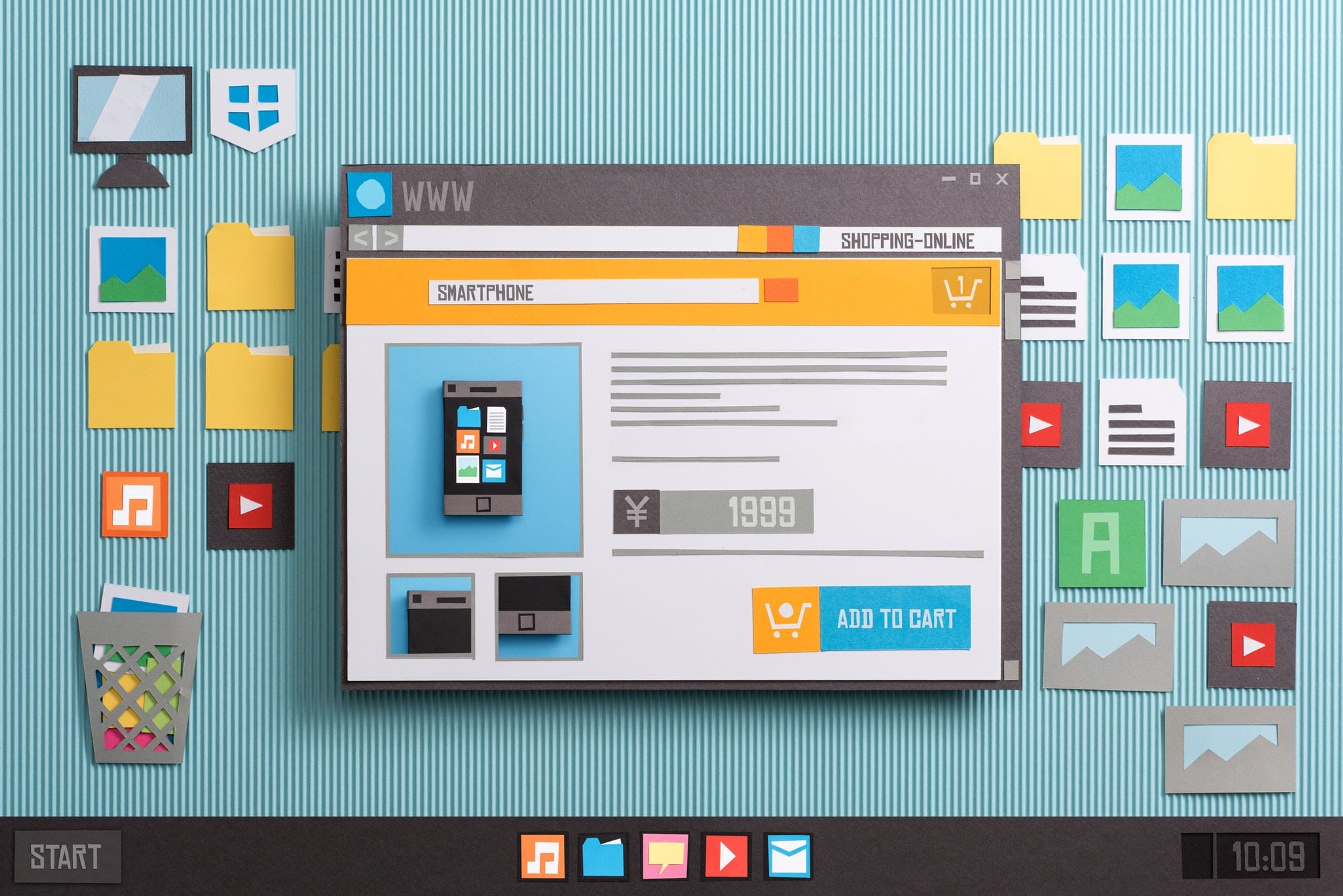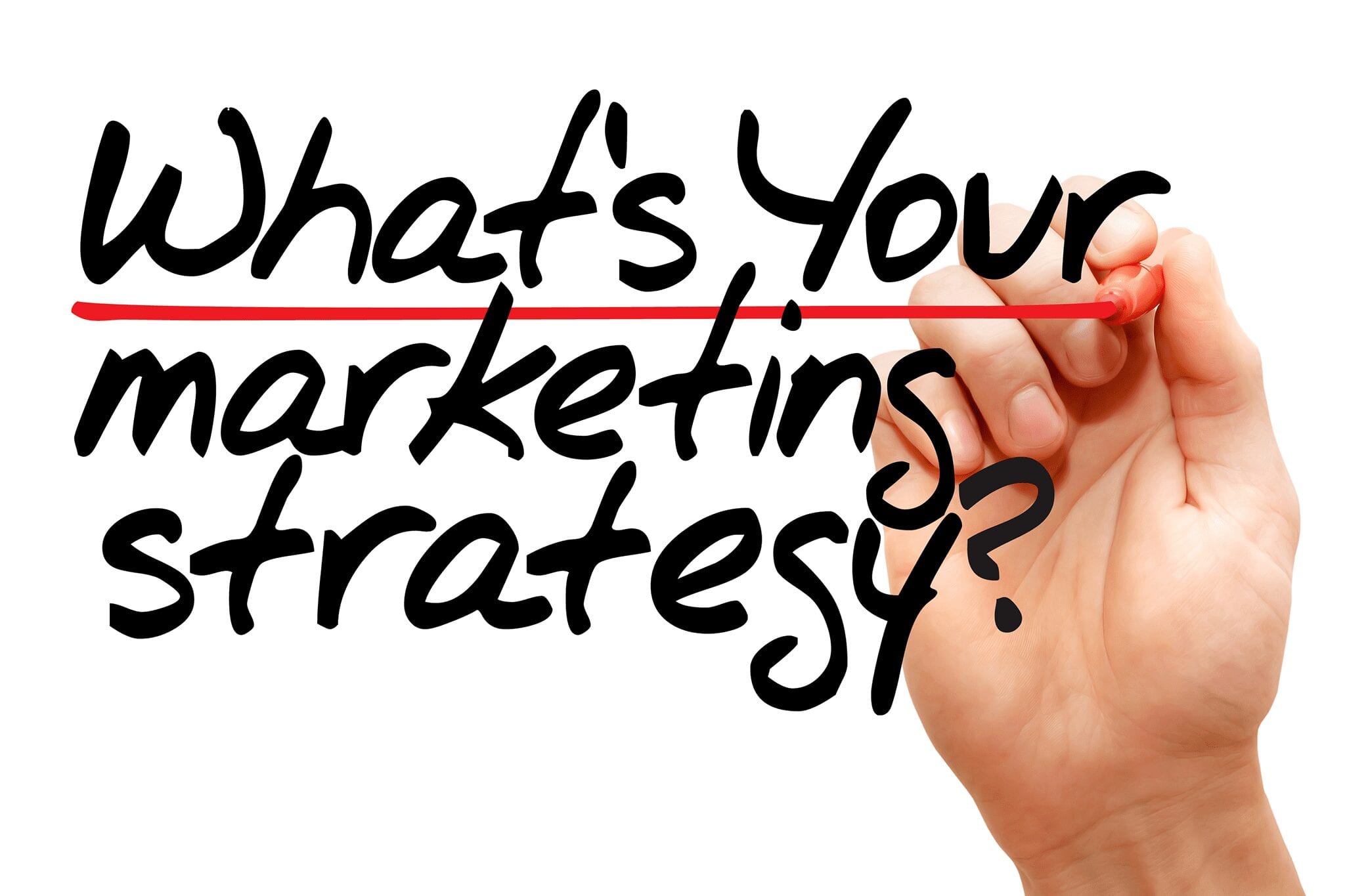Think of all the brands and logos that you see on billboards or the commercials you watch on TV. Many people believe that these ads sell products and services. While this is true to an extent, it’s an oversimplification of what’s really happening. Billboards and commercials are part of a brand awareness strategy that doesn’t necessarily convert viewers into customers. For this purpose, brands use direct response marketing.
What is Direct Response Marketing?
In a nutshell, direct response marketing is the marketing equivalent of speaking with your potential customers directly without using flashy commercials or giant billboards. It is a dialogue-based marketing tactic that involves promoting your goods and services to customers by demanding a quick response using actionable steps.
These steps include buying a product or service, clicking for more information, visiting a website URL, calling a number, or subscribing to a text or email campaign, etc.
Tips for Successfully Implementing Direct Response Marketing
Unlike brand awareness ads, direct response marketing requires work from prospects. So, you have to make sure your ads are unique and propel the prospects to take action right away. Here are 5 valuable tips for successfully implementing direct response marketing:
1. Target Segmented Audiences
Before you create an ad, remember; you can’t sell to anyone or everyone when. Whether you’re using Facebook and/or Google ads, you need to segment your target audience using demographics, preferences, and other factors. For instance, you can’t promote an iOS application to android users. So, you have to specify what your product or service is, and who it is for.
2. Give Specific Directions to Prospective Customers
Before launching a direct response marketing campaign, you need to decide what you want your prospective customers to do and leave specific directions for them. For instance, if you want them to visit your website and signup, you have to let them know what to expect after doing so. The more specific you are, the fewer chances you have of confusing prospects and speed up the process.
3. Focus on the Call to Action
The call to action is an essential part of your ad and is what users will click on to respond. Here’s where you can get creative and use different wordplays. Many brands incentivize responding and reward prospects for carrying out the action. For example, you could offer a free trial or credit for signing up on your service, or receive a discount on your first purchase, etc.
4. Test Out Different Direct Response Marketing Channels
Most brands don’t stick with a single direct response marketing channel. They test out several channels to see which ones generate the most return on investment. The most popular digital marketing channels include SMS, Messenger, Email, Instant Messaging Apps, social media, PPC ads, tradeshows, and other offline events. You can combine the most effective channels to nurture your leads and continuously feed your sales funnel.
5. Don’t Forget About Direct Mail
Yes, we live in the digital age, but that doesn’t mean traditional marketing channels are irrelevant now. Postcards, flyers, merchandise, product catalogs, and magazines still generate profitable ROI when done right. You can also use them to promote your digital channels, such as landing pages and social media pages.
Conclusion
Unlike brand awareness marketing, which is used for building relationships and popularity, direct response marketing is more aggressive and encourages prospects to take action through an ad or device. Direct response marketing campaigns can bring you a high return on investment when done right.
It all starts with catching a prospect’s attention, gaining their interest, and making them an irresistible offer. From there, it’s about collecting data, measuring results, and repeat.









